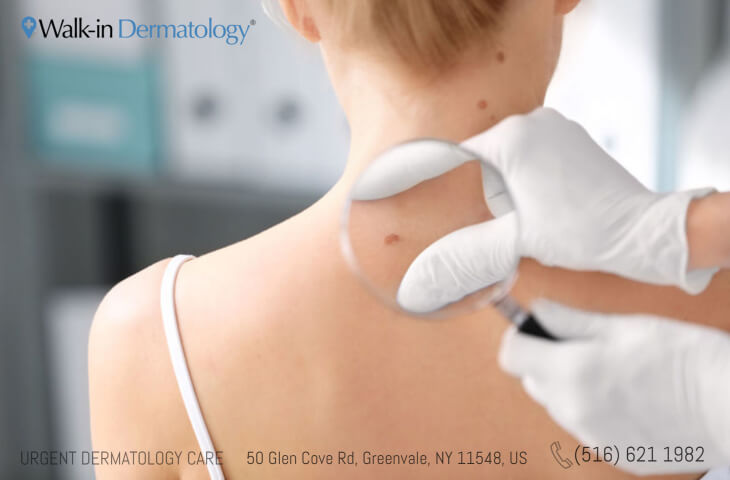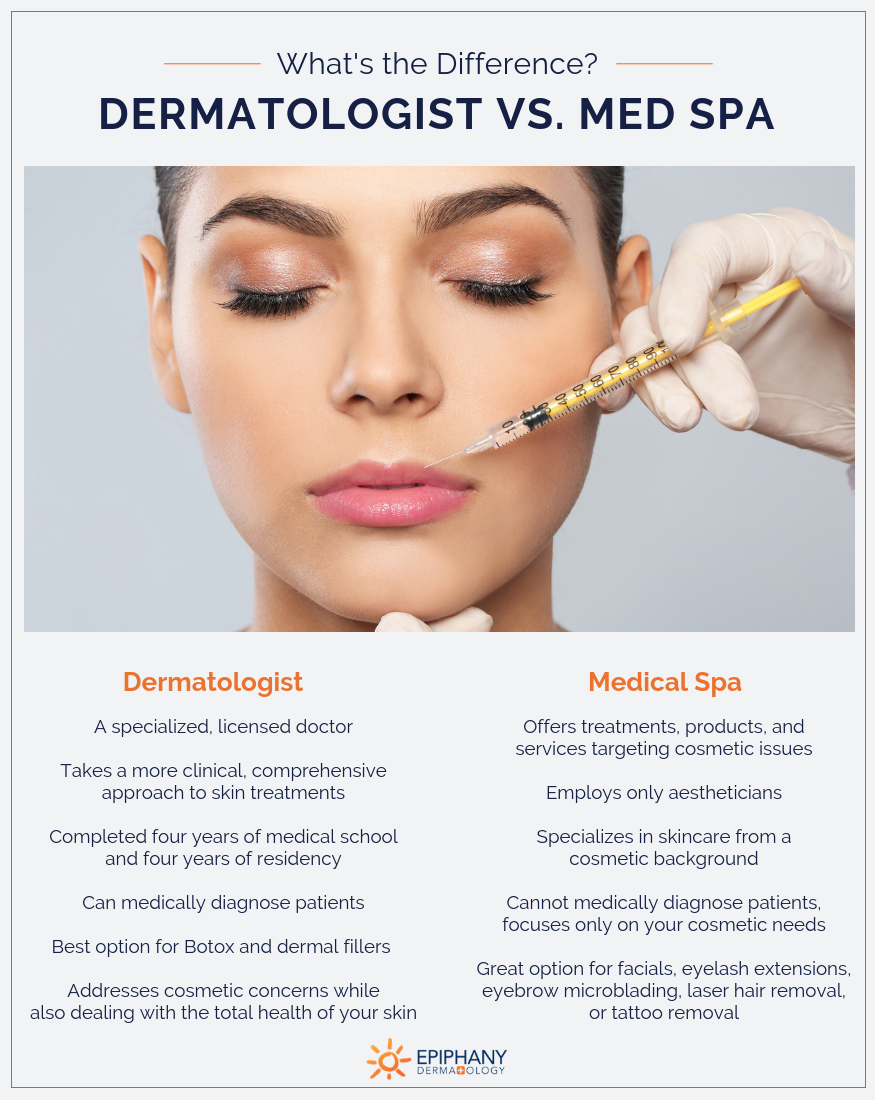Have a regular skin cancer check to protect your skin health with early detection.
Have a regular skin cancer check to protect your skin health with early detection.
Blog Article
Comprehensive Dermatology Expertise: Dealing With Acne Issues, Mole Concerns, and Dermatitis Effects
When it pertains to skin wellness, comprehensive dermatology knowledge is crucial; it encourages people to tackle common skin issues such as acne, mole irregularities, and eczema with self-confidence. Recognizing acne therapies, recognizing potential skin cancer check in moles, and handling dermatitis triggers can dramatically improve skin health - mole removal. This article will explore these topics, providing an insightful look into the scientific research behind these typical skin worries - an expedition that assures to inform and educate
Recognizing the Essentials: What Is Acne, Moles, and Dermatitis?
While lots of people may know with the terms acne, moles, and dermatitis, understanding what they actually are is a different matter altogether. Acne is a skin disease identified by inflamed or infected oil glands, commonly noticeable as acnes or spots, mainly on the face, back, and breast. Moles, on the other hand, are small skin growths triggered by clusters of pigmented cells; they can appear anywhere on the body and differ in shade and dimension. Dermatitis, likewise understood as atopic dermatitis, is a chronic condition causing irritated, itchy skin, typically happening in action to irritants or allergens. While these conditions prevail, they can have differing degrees of intensity and effect on an individual's life.
The Scientific research Behind Acne: Causes, Kinds, and Therapies
The complicated scientific research behind acne begins with understanding its development device. This complex process, affected by various aspects, causes different kinds of acne. The short article will certainly also discuss effective treatments available to take care of and treat this common skin problem.
Acne Development Mechanism
An overwhelming majority of individuals will certainly experience the usual skin problem understood as acne at some point in their lives. Acne formation starts with the overflow of sebum, an oily material produced by sweat glands in the skin. When these clogged up pores come to be contaminated with Propionibacterium acnes, a microorganism normally existing on the skin, swelling takes place, resulting in visible acne.

Efficient Acne Therapies
Virtually every person will certainly come to grips with acne at some time, making a clear understanding of effective acne treatments necessary. Numerous treatments target various elements of acne, such as inflammation, oil manufacturing, and microorganisms. Topical therapies like benzoyl peroxide and salicylic acid can get rid of bacteria and unclog pores. Antibiotics can battle inflammation and germs. For extreme instances, isotretinoin, a powerful medicine, can minimize oil production. Non-drug therapies include light therapy and chemical peels. It is very important to bear in mind that not all treatments will certainly help every person, as acne's reasons and intensity vary. Skin specialists commonly customize treatments to private demands. Constant use of the chosen therapy and perseverance are vital to seeing improvement.
Mole Matters: Identification, Assessment, and When to Look For Clinical Interest
Moles, common skin growths, call for cautious recognition and normal assessment for optimum skin health (acne treatment). Acknowledging the typical appearance of one's moles, in addition to any modifications that may occur, is important. Prompt clinical attention should be sought when specific indicators, which will be discussed, are found
Comprehending Mole Recognition
Exactly how does one compare a harmless mole and one that may require medical attention? Initially, understanding the qualities of normal moles is important. A common mole is usually round or oblong, has a smooth edge, and is no bigger than 6mm in diameter. The shade must correspond and can differ from pink, tan, brown, or black. Moles generally appear during youth or adolescence, and by the adult years, most individuals have between 10 to 40 moles. Moles that alter in dimension, shape, or shade, become scratchy or bleed, or appear after age 30 can be startling. These abnormalities don't immediately show skin cancer cells but are factors to speak with a dermatologist. Recognizing mole identification is the very first step in skin health and wellness management.
Doing Normal Mole Examinations

Acknowledging Critical Medical Indications
Known as the ABCDE's of more mole analysis, these adjustments might point to malignant cancer malignancy, a harmful form of skin cancer cells. A person should likewise be mindful if brand-new moles appear after the age of 30 or if there's an abrupt increase in the number of moles. Regular self-examinations combined with professional evaluations ensure very early detection and efficient treatment of possible skin irregularities.
Dermatitis Explained: Reasons, Signs, and Handling Flare-Ups
Although eczema may appear as a simple skin irritation to the inexperienced eye, it is, actually, an intricate skin-related condition with a wide range of potential causes. Eczema, additionally described as atopic dermatitis, is usually brought on by a mix of genetic and environmental elements. Symptoms can vary from light dry skin and itchiness to serious breakouts and swelling. Triggers may range people, however common ones consist of allergens, irritants, and tension. Taking care of dermatitis typically entails identifying and avoiding triggers, maintaining a good skin treatment regimen, and utilizing prescribed treatments. Due to the chronic nature of eczema, flare-ups may still occur also read with mindful management. The secret is to resolve these flare-ups without delay to avoid aggravating symptoms.
Practical Skin Treatment Tips to Prevent and Manage Acne, Moles, and Eczema
Understanding and dealing with skin conditions such as acne, moles, and dermatitis call for practical and effective skin treatment behaviors. A balanced diet abundant in anti-oxidants you can try this out can boost skin wellness and lower inflammation, potentially lowering acne and dermatitis seriousness. Regular skin checks aid in very early mole detection, possibly stopping skin cancer.
Specialist Dermatology Treatments: An Introduction of Modern Solutions
Dermatologists today have a broad variety of reliable therapy options to deal with various skin conditions. With moles, expert removal is carried out if they position a wellness threat. All these treatments are under the specialist guidance and care of skin doctors, ensuring safe and efficient management of skin conditions.
Conclusion
Acne administration requires expertise of different therapy choices, while mole examination can lead to very early detection of skin cancers cells. In-depth dermatology expertise is essential for protecting against and handling these skin problems, highlighting the need for specialist dermatologist treatment to improve skin health.
Report this page